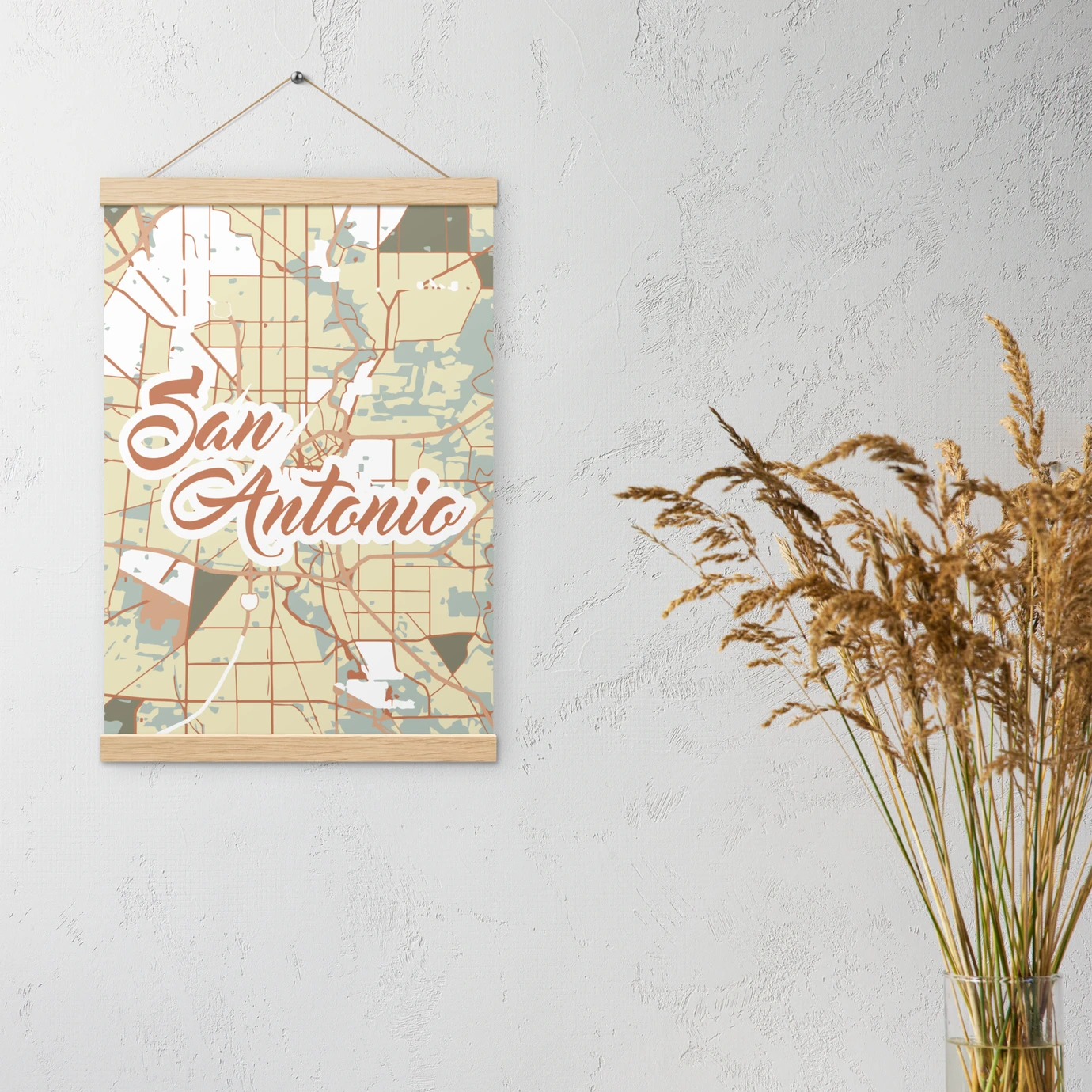How to Side Hustle as a Graphic Designer in 2024
- Brooke LeBeau

- Feb 5, 2024
- 7 min read
5 practical and easy ways to increase your income with a graphic design side hustle

There’s nothing you can’t do as a graphic designer from the comfort of your own home. In 2024, the ability to work for yourself has never been more accessible. Even if you don’t want to quit your day job, there’s plenty of things you can do in your spare time to earn some extra cash.
Here’s 5 practical and easy ways to side hustle as a graphic designer:
1. Freelance your services independently
The biggest question for most people is: but how do I find clients?
Reach out to your network
Email or text people you've worked with in the past.
Do: be friendly and inquire about how they’re doing
Don't: be pushy or come on too strong
Draft a message that explains you’re open to freelance work and would like to catch up with them if they’re available for a phone call in the next week.
Example: Hi [name]! I hope you’re doing well at [insert current place of employment]. I’m reaching out because I’m starting a freelancing business and would love your insight. If you’ve got some time this week, it’d be great to catch up and hear how you’re doing. Let me know!
Worst case scenario: They don’t text or email you back
Best case scenario: You schedule a call and they hire you
Even if they don’t have work for you, more often than not they’ll offer to ask around or suggest another person to reach out to. They may even have some great suggestions for your budding side hustle! The most important thing is that they know you are freelancing and you’ll be in the back of their mind if they ever need to outsource work.
Post on LinkedIn or Facebook that you're open to freelance work
This is a great way to maximize your exposure with minimum effort.
You’ll probably get less direct responses this way but when combined with reaching out to people directly, it’s a productive way to get word out about your freelance work.
Do be careful if you’re employed full time at a company and are connected with your coworkers. Some companies are really supportive of freelancing and don’t care what you do in your free time but other companies might see your freelance work as taking away from the work you’re doing for them. If you aren’t sure, it’s probably best to not post on social media.
Apply for freelance positions on job sites
Just like a full-time job, freelance jobs are posted on traditional jobs sites like Indeed. They indicate the hourly rate and estimated weekly commitment so you can browse openings that match your availability and try applying.
A lot of these job postings are for freelancers all over the country (or even the world) so it can be difficult to stand out. If you look for a job that is hiring multiple designers for the same project, you might have a better shot if you’re not seeing any results.
_________
Freelancing independently can be a lot of work but is really rewarding. Make sure you’ve established your hourly or project-based rates before speaking with potential clients and set up a process for invoicing. It’s also wise to read up on the tax laws to make sure you’re prepared for tax season. More content on this to come!
2. Try a freelancing marketplace
Create a freelancer account on Upwork
When you sign up as a freelancer on Upwork, you create a profile with your professional information, experience, education, and hourly rate. Set up is presented step-by-step and is really easy to use.
Next you’ll search for projects and write a proposal. These proposals are similar to a job application in that you present your portfolio, add a personal message, and answer questions by the seller. You’ll customize this for every project and include an hourly/project rate that you’re willing to work for.
Upwork functions on a bidding system. You get a set number of “connects” per month that work like tokens to bid on projects. Additional connects can be purchased if you run out and these connects are used to prioritize yourself in the list of competing freelancers. For example, if you bid 25 connects on a project and someone else bids 26, their proposal will be shown first and yours is shown second.
It doesn’t cost anything to join Upwork but they take a 10% service fee from every completed project.
Create a freelancer account on Fiverr
Signing up as a freelancer on Fiverr is a similar process to creating an account on Upwork.
Once you add your personal information, you’ll create “gigs”. These are services you offer like flyers, websites, social media, and anything else you enjoy making. Looking up what other designers are doing on Fiverr is a great way to get ideas for the gigs you want to offer and how they’re presenting them.
It doesn’t cost anything to join Fiverr but they take a 20% service fee from every order you sell.
_________
Upwork and Fiverr are a great way to explore what others are doing but they are quite oversaturated with freelancers. You might be able to find work if you offer a low enough hourly rate or bid on a project for lower than the client is asking. They are great if you’re not looking to make much money and just want the experience. Otherwise, it can be difficult to win gigs at the price you’re hoping to get paid.
3. Create digital products and sell them online
Sell customizable stationary on Etsy
Customizable wedding, baby shower, and birthday party stationary are fun to design and easy to sell on Etsy. The best part: once you set up the artwork, you don’t have to do anything else. It’s completely passive revenue!
Designers use services like Templett to create a template that is edited by the purchaser, not the designer.
How it works
Set up your artwork files in Templett and add editable fields for names, dates, locations, and times. Get a demo link for your product description and the purchase link for once your customer completes the transaction.
Set up your stationary as a digital product in Etsy. Include pricing, instructions for the customer, and add eye-catching images of the stationary.
Make sure to add a demo link in the product description from Templett so customers can test it out before they buy. Add in the purchase link to the product details once a customer completes the transaction. It’s set up so that the customer is automatically emailed the Templett link and they can download the finished product right away.
Once you post your product on Etsy, you’re good to go!
Templett subscription is $9/month
Etsy takes 6.5% of the total sale and charges a $.20 listing fee per product
_________
Stationary is just one example of the kinds of digital products you might sell online. Get creative with the kinds of products you enjoy making. Things like stock photography, illustrations, and Lightroom presets are all simple and easy to post online and enjoy passive revenue from. Searching on sites like Etsy or Zazzle for what other designers are doing is a great way to collect ideas that work for you.
4. Create consumer products and sell them online
This sounds like it’s going to be harder than it is. I promise. You don’t have to sit in your craft room with your Cricut slaving over t-shirts in your spare time. Manufacturers like Prinful or Printify will produce your products for you and integrate seamlessly with online marketplaces like Etsy.
How it works
If you don’t already have an online store, the easiest way to get maximum exposure is with an online marketplace like Etsy.
Create an account with a no-minimum manufacturer like Printful and start uploading your designs. There are hundreds of products available and they make it easy with downloadable templates for each product.
Connect your Printful account with your Etsy store.
Once your Printful product is ready for prime-time, submit it to your Etsy store with pricing, category tags, and shipping information (note: if you don’t offer free shipping then make sure to account for it in your costs). Printful has an automated calculator to make calculating your revenue easy.
Your product appears in your Etsy inventory as a draft. From there, you can update your product info, add any additional details, and upload more photos of the product.
Pro tip: Printful has a mockup feature for every product that imposes your design automatically. This is a great feature for adding photos to your Etsy product listing and saves you a ton of time.
Once you post your product on Etsy, you’re good to go!
Printful is free to use!
Etsy takes 6.5% of the total sale and charges a $.20 listing fee per product
5. Teach graphic design online
Teaching graphic design, especially if you’ve been in the business for a while, can be a rewarding way to share your knowledge and diversify your revenue. The way you share your skills can look a lot of different ways:
Start a blog
For the designer who has also mastered the pen, a blog is a great way to share your knowledge.
Tips and tricks:
Integrating advertising or leveraging affiliate marketing are two ways to earn some extra income on a blog.
Writing an ebook helps solidify yourself as a content expert and can be presented to your readership behind a paywall.
Reading up on SEO will help you to make sure your content is displaying on relevant search queries and ranking higher on search engines.
Post videos online
For the designer who doesn’t mind being on camera, you might start a YouTube channel with tutorials or offer e-courses on your website. Bonus points if you have the video skills to edit them yourself.
Tips and tricks:
YouTube has requirements for content creators before they can get paid.
E-courses can be built directly on your website or on web builders dedicated to e-courses like Kajabi.
Graphics credit digital downloads:
BuyMyPrintz digital paper pattern
EmilyEstherDesigns botanical illustration
BestCelebrations wedding invitation

About the author
Brooke LeBeau is an artist, educator, and the owner of Artfully Creative Studio. She has worked as a creative marketing professional for over a decade and advocates for graphic designers exploring supplementary revenue streams.





























Comments